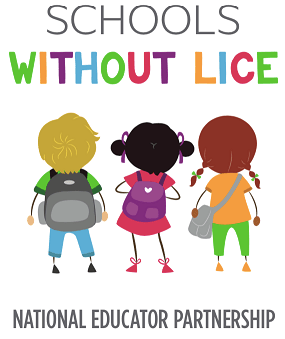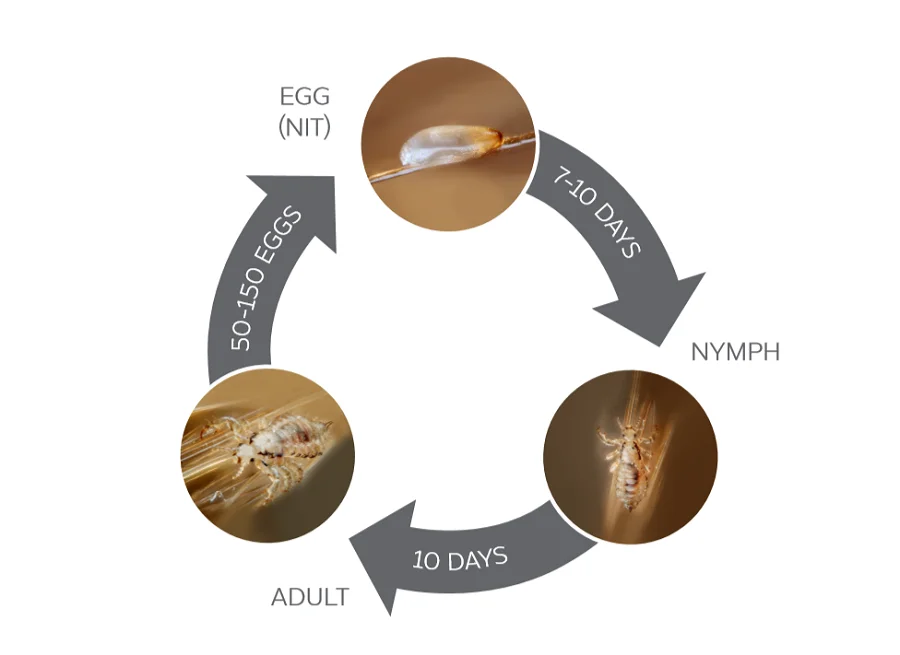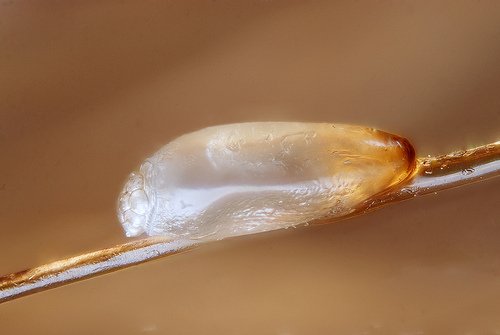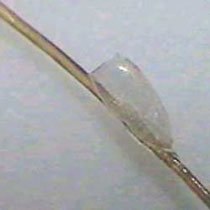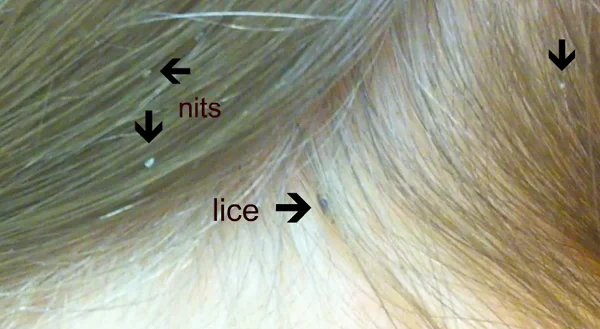Lice vs Dandruff: Differences in Symptoms and Treatment
When someone experiences an intense head itch, we often associate it with these two situations: they have lice or dandruff. Both are irritating conditions that can be treated, but they are not the same. The only similarity between lice and dandruff is that they are conditions that happen on a human scalp that gives an itchy and uncomfortable feeling. Other than that, their causes and treatments are different in many ways. Let us talk about the two conditions in detail.
Lice vs Dandruff: How the Two Differ
Lice are parasites. They are alive, six-legged parasites that come in three forms. First, they are seen as eggs. These are the tiny white specks with a tail that hold onto human hair. When they hatch, they turn into nymphs. These are tan-colored insects in a tiny size that runs around one’s scalp. When they become adult lice, they get as big as a sesame seed. Lice rely on human blood to stay alive, and when their saliva touches a human scalp, it causes itchiness.
Dandruff, on the other hand, are not insects. It is a scalp condition, also called seborrheic dermatitis. It often leaves your skin or scalp dry, flaky, and itchy. It is a non-contagious and non-inflammatory skin condition that usually affects adolescents and older adults. Babies can also experience a flaky scalp, which is called cradle cap.
Dandruff and Head Lice Infection: The Cause
The main difference between dandruff and head lice infection lies in the way they appear on one’s scalp.
You do not simply get lice. It is caused by head to head contact, from an infected person to another. If you have a family member who has lice, it is easier for you to get them as well. Close interaction is necessary before you get infected by lice.
On the other hand, you can never catch dandruff from anyone else. However, if your family is prone to dandruff, there is a higher chance that you will also suffer from the same scalp condition.
Dandruff and Head Lice Treatment
While shampoos exist for both conditions, shampoo for dandruff can be effective, while OTC shampoo for head lice is not. Lice is best treated professionally.
• On Dandruff
There are special shampoos dedicated to treating dandruff. These shampoos have the following ingredients: coal tar, salicylic acid, ketoconazole, or selenium sulfide. They help slow down the skin-shedding process and treat the fungal infections that cause the skin-shedding.
• On Lice
OTC head lice shampoos contain harsh chemical pesticides such as permethrin and pyrethrin. The shampoo companies recommend using the product repeatedly, at intervals of around seven to ten days, to get rid of the infestation. Unfortunately, this puts your child through repeated exposures to harsh chemicals. In addition, most species of lice prevalent today are super lice, which OTC shampoos are ineffective at killing.
The Prevention
Since they are two very different conditions, prevention for dandruff and head lice is very different too.
• On Dandruff
Using the right shampoo for your scalp can prevent your condition from worsening. Avoiding chemicals like hair dyes or hair sprays can also help. Regular brushing of hair and massaging it instead of scratching are few ways to improve your condition.
• On Lice
Lice has nothing to do with hygiene. Anyone with human blood can be infested with lice. The best way to prevent being infected with it is to avoid close head to head contact with someone who has lice. Using lice prevention products can also help.
Diagnose and Treat Early
Lice and dandruff are two conditions that you would not want your children to get. They cause inconvenience and irritation. Although they cannot always be prevented from happening, there is a solution to improve or get rid of both of these conditions. You just need to be aware of what is happening on your child’s scalp and make sure to attend to them as soon as you can.
Head Lice Treatment in Jacksonville, Orlando, and Savannah
For head lice treatment in Jacksonville, Orlando, FL, and Savannah, GA, turn to Fresh Heads Lice Removal! Our lice removal clinics offer different treatments and protection plans, depending on your child’s needs. Book an appointment with us today!
Schools Without Lice
At Fresh Heads Lice Removal, our mission is to eradicate lice from schools across the country. To accomplish that mission, we’ve partnered with the Lice Clinics of America to create a program called Schools Without Lice. Through this program, we can provide teachers and nurses with free head lice screenings, resources, and treatments. Together, we can have schools without lice!


